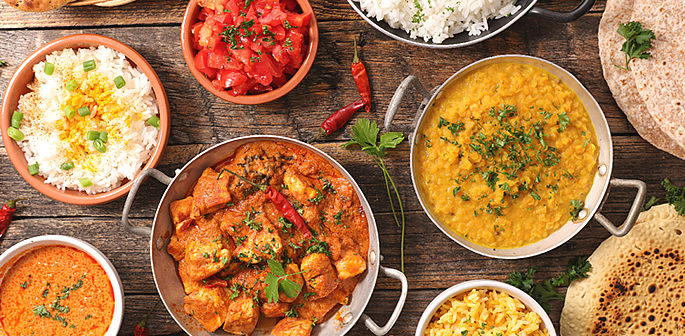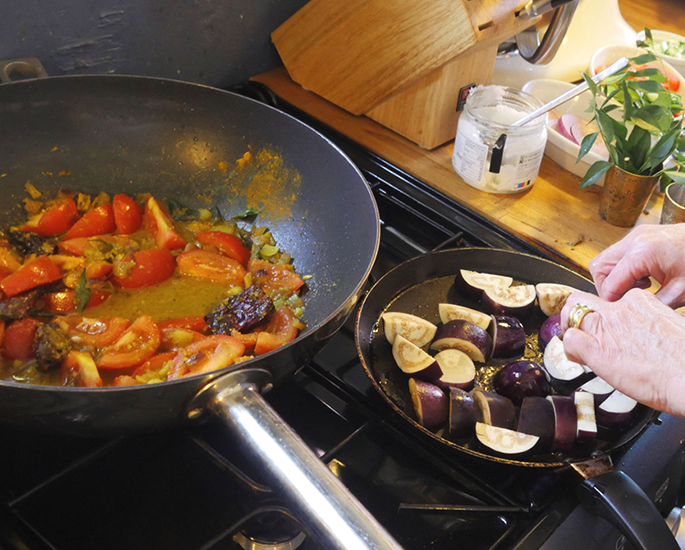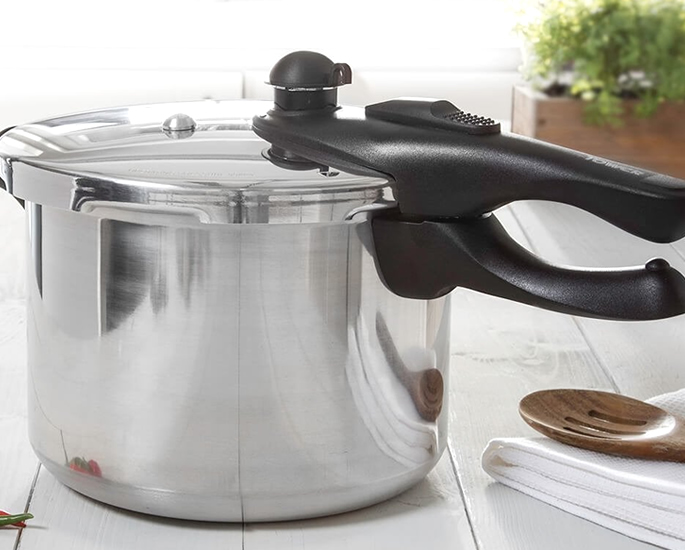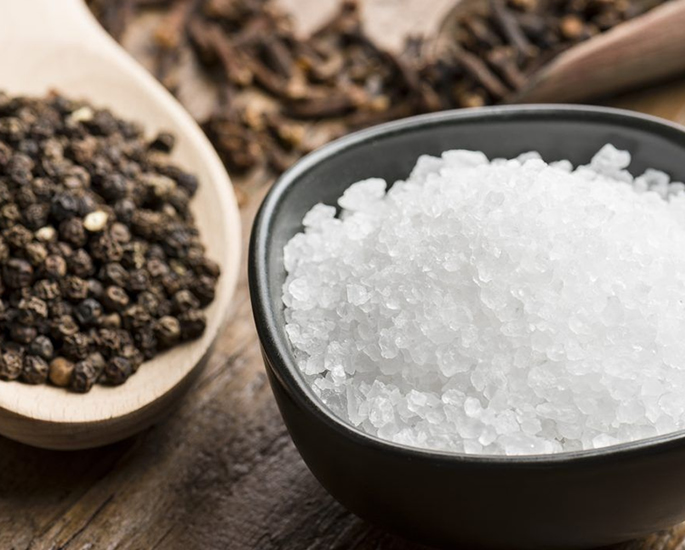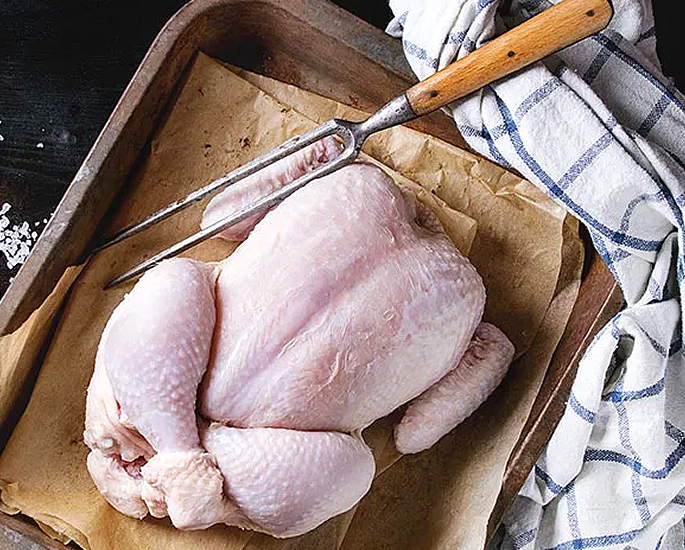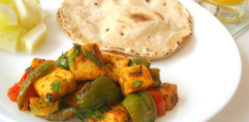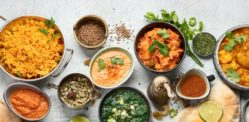"It’s also key to understand when to add different types of spices"
Making Indian food can be complex as there are layers of flavours so it is handy to take into account some cooking tips to ensure authentic dishes.
All cooking enthusiasts can agree that mastering the art of Indian cuisine requires a lot of practice.
You need to give it the time and attention it needs to learn how to develop new flavours and aromas.
Whether it be learning new skills and techniques or finding new kitchen gadgets to help save time, there is always something that could help improve the quality of your Indian cooking creations.
Luckily there are several tips and tricks that aid food lovers in refining their techniques.
Here are 10 cooking tips on Indian food as well as the reasons behind them from the experts.
Know your Spices
One of the most important elements within Indian cooking is the spices. It is what gives the food layers of flavour and the enticing aromas.
However, using too much can overpower the food so it is important to get to know the spices that you are using.
Popular food writer and blogger Hari Ghotra suggests for people to taste their spices.
She explained: “It’s the only way you will know what flavour they are going to impart to your dish.
“It’s also key to understand when to add different types of spices to ensure you get the full layering of flavours that makes Indian foods unique.”
Spices should also be added gradually to achieve a more balanced blend of flavours.
It is important to use whole spices first and infuse them with cooking oil before adding the other ingredients. This releases their natural oils for more flavour.
Never add powdered spices too early as they can burn. Instead, sprinkle them in when you have liquid in the pan, such as tomatoes.
By cooking them on a low heat, the flavour will blend with the next set of ingredients you add.
Ghotra adds: “Finally, your flavour spices are added (usually towards the end of cooking). These are more delicate spices and are used to enhance flavour profiles. These include spices such as cardamom, fenugreek powder, mace.”
Spices are important within Indian cooking so it is important that know about them and the right way to use them.
Be Efficient
Think of ways to save time at whatever it is that you are doing, and that includes cooking Indian food.
This may mean multi-tasking, or thinking about how you are going to cook the meal and the processes involved.
Be organised and get everything ready that you need to prepare the dish. This includes ingredients, equipment and recipe.
It is advisable to make a time plan of when you need to do specific jobs and how long they will take. This will provide a rough idea of how long the overall preparation time will be.
According to the Benares website, the restaurant owned by Michelin-starred chef Atul Kochhar, you should cook no more than you need to.
“Measure up everything. Make sure your equipment is in good condition and is ready for use.”
These are just a few areas in which increased efficiency could benefit your cooking experience.
By maintaining efficiency, over time, you will start to notice that this comes more naturally.
Use Marinades
Even though many people are aware of the effects of using marinades and the levels of flavours that they achieve, not everyone will take the time to marinate meat when cooking at home.
Obviously, this is down to the busy lifestyles many lead but the preparation does not have to be time-consuming.
Just five minutes of preparation the night before or even the morning before making your chosen Indian dish could make a lot of difference.
Ingredients like oil and yoghurt can be mixed with spices to create simple marinades.
By following recipes, you will be able to learn more complex marinades and even start to experiment with some of your own.
Renowned chef Vivek Singh is a big believer of using marinades within Indian cooking. He says:
“Marinades are essential in terms of pre-cooking as they help to tenderise, flavour and colour the meat.
“Marinades help to protect the meat from the fierce heat of the tandoor. At home, you could smear your seared piece of meat with tandoori marinade and create the same flavour by roasting in the oven.”
Invest in a Pressure Cooker
To achieve the complex layer of flavours within Indian cooking, time is needed. With some meat dishes, a few hours are needed to get tender meat bursting with rich flavours.
To save time, use a pressure cooker. If you don’t have one, it is recommended to buy one.
It is a closed airtight vessel for quick cooking or preserving of foods using high-temperature steam under pressure.
Pressure cookers allow for lentil and rice dishes to be cooked within 20 minutes and meat dishes in less than one hour.
They are simple to use as you place the ingredients, close the lid and leave it to cook until the pressure increases.
Users just have to fry the onions, add the spices, add the chosen protein, vegetables or lentils, top with water or tomato puree, cover and bring to full pressure.
The result is tender food which is full of flavour. The same effect will be achieved in a pan but it will take much longer.
The Importance of Seasoning
Similar to spices, one important cooking tip is to know when and how much seasoning you need to add to your dish.
Seasoning is what brings out the flavours in food, rather than adding to them. For example, with salt, a dish should not taste salty but it should elevate other ingredients.
However, seasoning is not just limited to salt and pepper. Hari Ghotra explains that cooking enthusiasts should consider sweet, sour and bitter tastes when it comes to Indian food.
“The difference between a good dish and a great dish is a balance in the flavour but also in its colour and texture.”
“You can use an acid such as vinegar, citrus fruits or tomatoes to add sourness.”
When they are combined with a dish, they interact with existing herbs and spices in the food to draw out new flavours.
Seasoning separates a good plate of food from a great plate of food.
Baking or Cooking with Spices
Spices are extremely important so it is no surprise that there a range of cooking tips to get the best use out of them.
One is whether to use spices for baking or cooking.
Celebrity chef Cyrus Todiwala explains that you need to be careful when baking with spices as overdoing it will leave the dish with a medicinal taste.
He says: “As baking is done at heat over a longer period the flavour will build, so you need to be careful.
“Certain spices really don’t work in baking, in particular black cardamom and mace.”
The decision to use powdered or whole spices depends on both flavour and texture.
Whole seeds can add an interesting crunch. Because of their strength of flavour, some spices like mace, will nearly always be used whole.
It also depends on the look. Sometimes, powdered spices will discolour vegetables in a savoury dish, which you may not want.
Rice
Rice is a staple food in India and it is a common accompaniment to Indian dishes.
While it may look simple to make, a lot of people struggle to replicate the fluffy, often fragrant rice dishes you find in Indian restaurants.
Instead, some are left with undercooked grains or an overcooked pile of mush.
Thankfully, there are different methods to prevent that from happening and all it needs is precision, care and expertise.
The most common method is to go by ratios. So, one cup of rice to two cups of water.
Thoroughly rinse the rice until the water is clear. This removes excess starch.
Then place on a high heat until the water starts boiling. Reduce the heat to low and cover. Let it cook undisturbed for around 12 minutes.
Leave it to rest, then uncover. The result should be fluffy, individual grains of rice that is fit to go with any rich curry.
Add Ingredients in Stages
Indian food is all about the layering of flavours so one cooking tip to follow is to avoid adding the ingredients in at the same time.
Patience is important as the way to develop flavour is to leave each ingredient to cook for the right amount of time.
For example, frying onions for different lengths of time will make the final dish taste different.
Deeply flavoured meat dishes require onions to be cooked for a long time. However, adding grated ginger too early can lead to it burning.
For her dishes, chef Anjula Devi adds her ingredients in stages as she says:
“The garlic, ginger and chillies go in at different times to many other Indian recipes that you will see.
“The key spices are often split into two sections in my recipes, as they need to be added at different times.”
By adding the ingredients in stages, you bring out the individual flavours of each one, making for a genuinely delicious final dish.
Practising will improve timing and execution, ultimately improving the taste and experience of your cooking.
Not Relying on Pastes
Pastes can be used to enhance curries, daals and many other dishes.
Most cooking experts will say that ginger-garlic paste is a key thing to keep in the fridge when it comes to Indian cooking.
However, using pastes does not have to be a must, as Vivek Singh explains.
He argues that their effects can be achieved in other ways. His cooking tip is not to rely on shop-bought pastes too much.
He said: “Contrary to what people think, pastes are not crucial to Indian food.
“You get a similar flavour with chopped vegetables, onion and garlic. If you do decide to use paste, then it’s always best to make your own.”
Understanding Meat
While a lot of Indian cuisine is vegetarian, some of the most popular dishes are meat-based.
When cooking meat dishes, it is important to understand the type of meat you are using.
You are not expected to learn butchery, but having some knowledge about the different cuts of meat will help you select the right meat for the right dish.
By choosing better, it will help you to reduce waste.
Obviously, meat is tougher than poultry so it takes longer to cook, however, in terms of specific cuts, the harder-working muscles require more cooking, so low and slow cooking methods are required.
The cuts that don’t work so hard can be cooked more quickly.
Trying to use meat in a better way will also help to plan weekly meals too.
By considering these cooking tips, you will be able to take your Indian cooking to the next level and produce wonderful plates of food.
It may take some time to get used to but it will be worth it in the long-term.
The most important part about cooking is being confident in what you do. Cooking is supposed to be fun so enjoy it.



















































